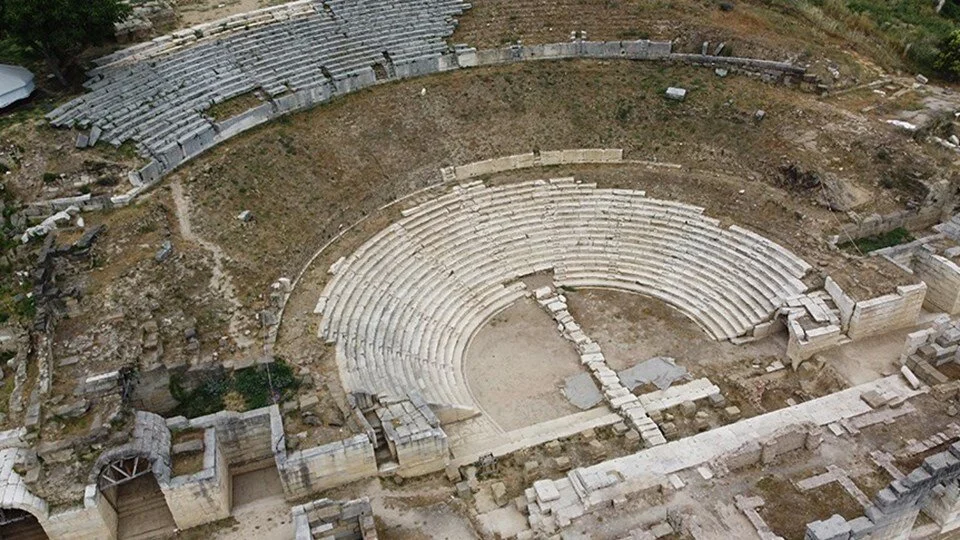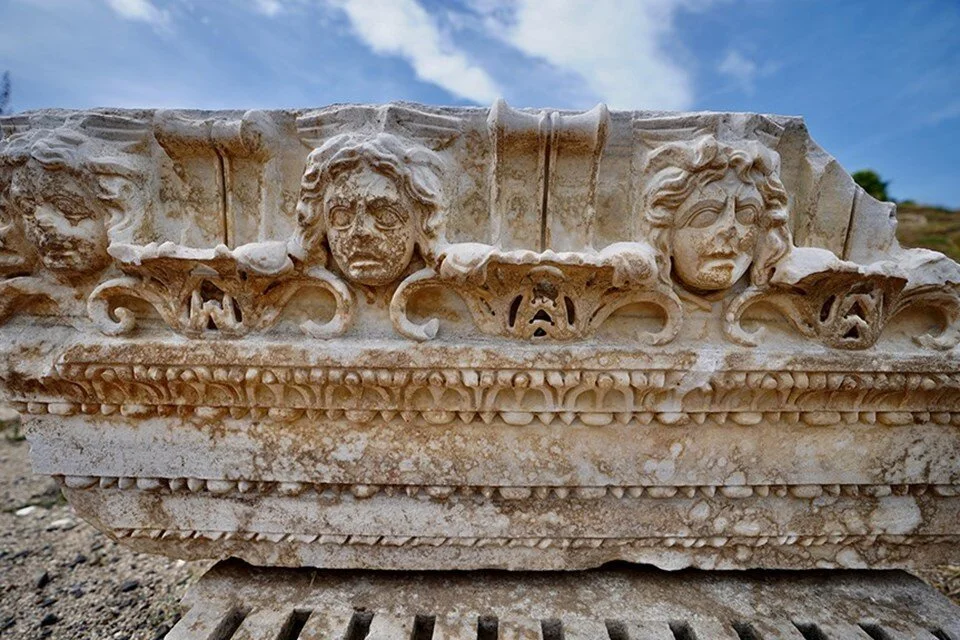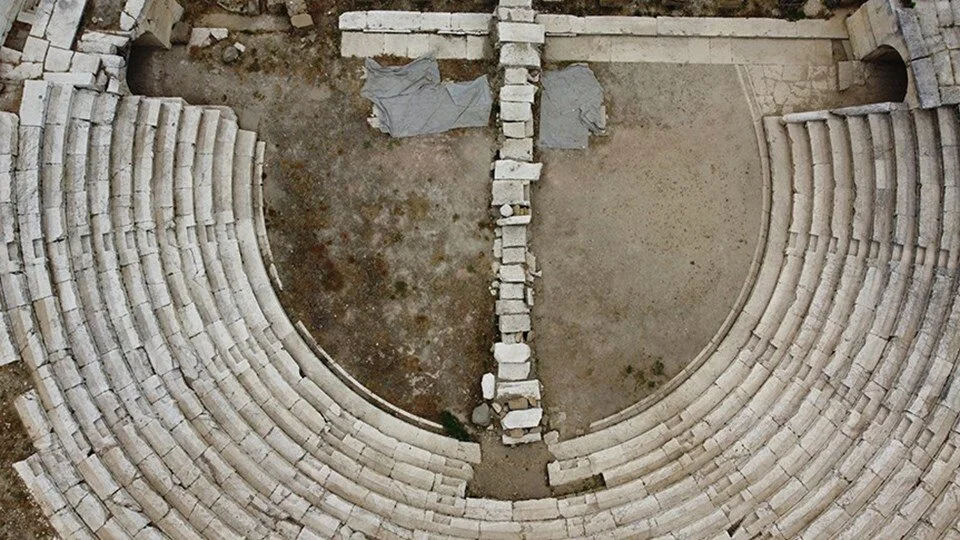
The excavations in the ancient city of Prusias ad Hypium, known as the Ephesus of the Western Black Sea, are coming to an end
The excavations planned to be completed at the end of the year in the ancient city of Prusias Ad Hypium, known as the Ephesus of the Western Black Sea, are nearing the end. After the excavations, restoration works will begin in the ancient city.
Prusias Ad Hypium Ancient City is located in the Konuralp region of Düzce. The city was named after the Bithynian King Prusias I.
Prusias Ad Hypium, which dates back to the 3rd century BC, has been carrying out archaeological works under the leadership of Konuralp Museum Directorate with the permission of the General Directorate of Cultural Heritage Museums and with the support of Düzce Municipality for 12 months since 2019.

The excavations have so far unearthed a Medusa statue head, which is thought to be 2,000 years old, mask sculptures, a grotesque figure (ornamentation consisting of bizarre, ridiculous figures found in ancient Roman buildings) and a vault.
📣 Our WhatsApp channel is now LIVE! Stay up-to-date with the latest news and updates, just click here to follow us on WhatsApp and never miss a thing!!
During the excavations in the middle of the stage section of the city’s theater, relief sculptures of the Greek mythological god Apollo, the goddess of victory and the hunter Akteon were found. In the excavations, most of the theater structure was unearthed, and in the last part of last year, a mosaic with a lion reflecting the “Dionysus Cult Space” and the statue head of Alexander the Great were unearthed.
The theater is one of the best preserved theaters not only in the Bithynian region but also in Anatolia.

The semicircular seating area, steps decorated with lion’s paw figures, arched passages and a part of the stage of the ancient theater, which is popularly known as “40 Steps” and has a length of 100 meters and a width of 74 meters, have survived to the present day.
Konuralp Museum Director İhsan Arslan said that the ancient theater consists of 3 caveyas (seating sections) on 3 floors and has a stage building extending for 50 meters, “We found that the step stones of the caveyas in the middle area were removed. These will be repaired again during restoration. We expect it to be opened to tourism. We found very valuable, very important artifacts. The excavation works of the theater continue very well. By 2024, we are planning to finish the excavation.”

Arslan said, “Among the artifacts found in the excavation area, especially the statue of Apollo and the discovery of the bust of Alexander at the top of the theater immediately afterwards excited us very much. Subsequently, as the excavations progressed in the upper part, we reached a special room there, we discovered the mosaic with a lion on the floor of this room. We expect the restoration of the mosaic made with fine workmanship to be completed together with the theater and opened to tourism.”
Cover Photo: AA
You may also like
- A 1700-year-old statue of Pan unearthed during the excavations at Polyeuktos in İstanbul
- The granary was found in the ancient city of Sebaste, founded by the first Roman emperor Augustus
- Donalar Kale Kapı Rock Tomb or Donalar Rock Tomb
- Theater emerges as works continue in ancient city of Perinthos
- Urartian King Argishti’s bronze shield revealed the name of an unknown country
- The religious center of Lycia, the ancient city of Letoon
- Who were the Luwians?
- A new study brings a fresh perspective on the Anatolian origin of the Indo-European languages
- Perhaps the oldest thermal treatment center in the world, which has been in continuous use for 2000 years -Basilica Therma Roman Bath or King’s Daughter-
- The largest synagogue of the ancient world, located in the ancient city of Sardis, is being restored











Leave a Reply